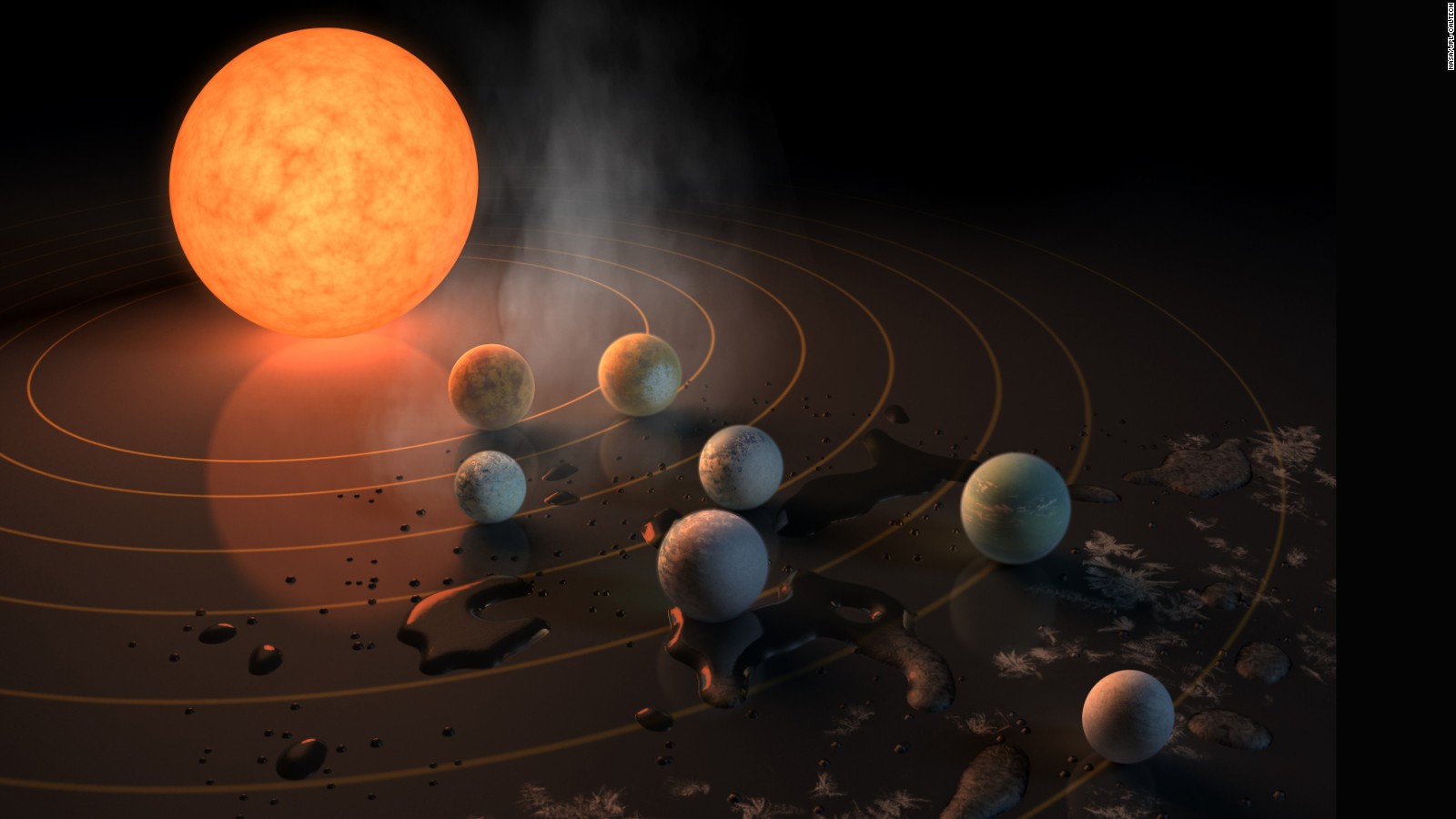Researchers used NASA-developed software called ROCKE-3D to simulate ocean circulation and climates on different types of exoplanets, or planets outside our solar system.
Oceanic life on Earth depends on an upward flow, or upwelling, which moves nutrients from the dark depths to sunlit portions where photosynthetic life thrives. More upwelling means more nutrient resupply, which means more biological activity, researchers say.
So, a research team used the software to identify "which (types of) planets will have the most efficient upwelling and thus offer particularly hospitable oceans," Stephanie Olson, lead researcher at the University of Chicago, said Thursday while presenting the research at the Goldschmidt Geochemistry Conference in Barcelona.
"We found that higher atmospheric density, slower rotation rates, and the presence of continents all yield higher upwelling rates," Olson said.
"A further implication is that Earth might not be optimally habitable -- and life elsewhere may enjoy a planet that is even more hospitable than our own."
"This is a surprising conclusion," Olson said. "It shows us that conditions on some exoplanets with favorable ocean circulation patterns could be better suited to support life that is more abundant or more active than life on Earth."
NASA has said that the best chance for finding life elsewhere in our own solar system could be on ocean worlds like Jupiter's moon Europa and Saturn's moon Enceladus. But the search for life has largely involved seeking out exoplanets within the habitable zone of the stars they orbit, existing at just the right distance for a surface temperature that can support liquid water on the surface.
"NASA's search for life in the universe is focused on so-called habitable zone planets, which are worlds that have the potential for liquid water oceans. But not all oceans are equally hospitable -- and some oceans will be better places to live than others due to their global circulation patterns," Olson said. "These are the conditions we need to look for on exoplanets."
Investigating exoplanets has to happen from afar because with current technology, we can't reach them. Telescopes can help determine what the conditions might be like on exoplanets, but that data also has to be applied to models of potential climates and evolution that takes place on planets different from our own. Combined, data and models can inform scientists of which planets could host life.
Current telescopes can't identify exoplanets to test Olson's theory, but ideally this finding could help in developing future telescopes that could seek out types of exoplanets defined in this research.
"There will always be limitations to our technology, so life is almost certainly more common than 'detectable' life," Olson said. "This means that in our search for life in the universe, we should target the subset of habitable planets that will be most favorable to large, globally active biospheres because those are the planets where life will be easiest to detect -- and where non-detections will be most meaningful."
This finding continues the interesting work being done around ocean worlds.
"We expect oceans to be important in regulating some of the most compelling remotely detectable signs of life on habitable worlds, but our understanding of oceans beyond our solar system is currently very rudimentary," said Chris Reinhard, a Georgia Institute of Technology professor who was not involved in the study. "Dr. Olson's work represents a significant and exciting step forward in our understanding of exoplanet oceanography."
https://www.cnn.com/2019/08/23/world/exoplanets-diverse-life-scn-trnd/index.html
2019-08-23 20:15:00Z
52780361339315


Tidak ada komentar:
Posting Komentar